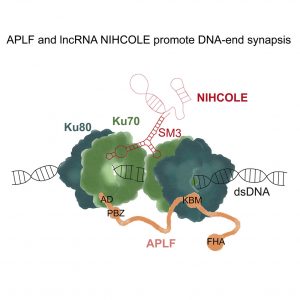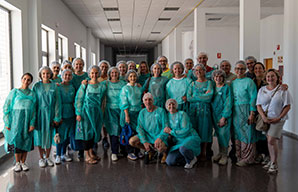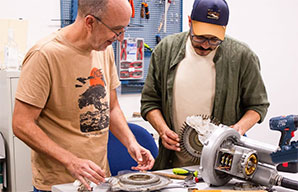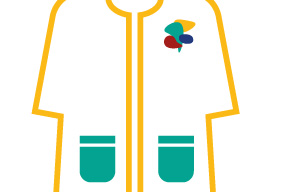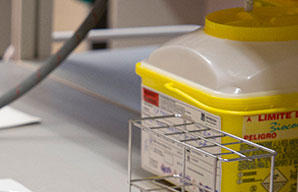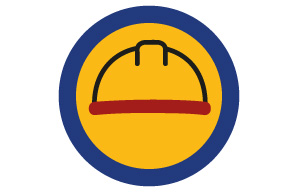Why is liver cancer so resistant to current treatments?
Biología, Research and Innovation
ADN, cáncer, cáncer de hígado, quimioterapia, radioterapia
30 January 2023
Scientific teams from the Higher Council for Scientific Research (CSIC), the National Cancer Research Center (CNIO) and the Center for Applied Medical Research (CIMA), have detected the DNA repair method carried out by tumor cells to resist chemotherapy and other liver cancer treatments. To carry out this research, published in the journal “Cell Reports“, a novel nanotechnological technique has been used with which this DNA repair mechanism has been observed for the first time. The discovery and understanding of this process would help to design much more effective therapeutic strategies against the most widespread liver cancer in the population.
Radiation and chemotherapy treatments cause errors in cancer cells by breaking their DNA strand. However, there are tumor cells that have a very efficient DNA repair system, and this allows them to resist cancer treatment. A few years ago, a CIMA research group discovered the existence of an RNA molecule, called Nihcole, in almost half of the patients with hepatocellular carcinoma (the most common liver cancer). This molecule is present in the most aggressive tumors and is linked to a poor prognosis. In this study, he concluded that Nihcole is the piece that helps to repair broken DNA, being the culprit for the ineffectiveness of current treatments in those tumors where it is present.
However, the research team did not know how Nihcole facilitates the recovery of DNA breaks. The current research sheds light on this question by stating that Nihcole “interacts simultaneously with proteins that recognize the two ends of a fragmented DNA, as if it stapled them together”, explain Llorca and Moreno-Herrero, two of the main researchers. Therefore, the study concludes that the use of Nihcole inhibitor drugs could represent a novel and more effective therapy for the most common liver cancer.
Font: Cell Reports
